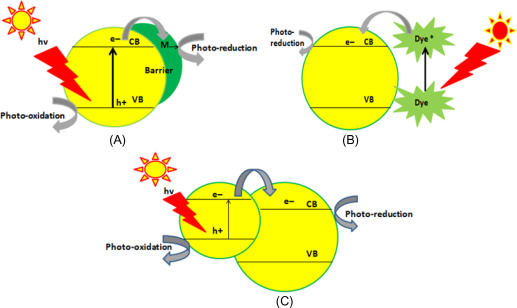WHAT ARE THE PHYSICAL CATEGORY TECHNOLOGY?
INTRODUCE
Photocatalysis is used to describe a chemical reaction that occurs under the simultaneous action of a catalyst and light. In other words, light is the catalyst that activates the catalyst, helping the reaction to happen. The catalyst does not change or lose itself in a chemical reaction, it only acts as a catalyst to facilitate the chemical reaction.
APPLICATIONS IN WATER TREATMENT
For many decades, photocatalysts have been developed for the treatment of wastewater containing organic pollutants based on the strong oxidizing capacity of hydroxyl radicals generated by photo-hole reactions. and molecules adsorbed on the catalyst surface. There are different types of materials with different photocatalytic capabilities, of which titanium dioxide (TiO2) is said to be the most effective. TiO2 has a very strong photocatalyst with strong oxidizing and decomposing ability of impurities on the catalyst surface.
Photocatalysis based on TiO2
TiO2 is a natural oxide form of titanium, belongs to the group of transition metal oxides and is a wide band gap energy n-type semiconductor. There are three common allotropic forms of TiO2 found in nature: anatase (tetragonal), brookite (orthorhombic) and rutile (tetragonal). Among them, Anatase and rutile crystals are the most effective photocatalysts.
Advantage
- This technology is a form of advanced oxidation that generates OH* radicals which are strong oxidants capable of mineralizing organic pollutants to H20 and CO2 or converting them to other harmless substances.
- Highest oxidation energy (2.8 eV)
- Extremely fast oxidation rate
- No chemicals are used, no byproducts are generated.
Application
+ Treatment of water supply for industrial production + Disinfection of reused wastewater + Replacement of ClO2 disinfectant for hospital water supply + Treatment of scale in the cooling tower system + Removal of algae and microorganisms in the supply line drinking water at home




